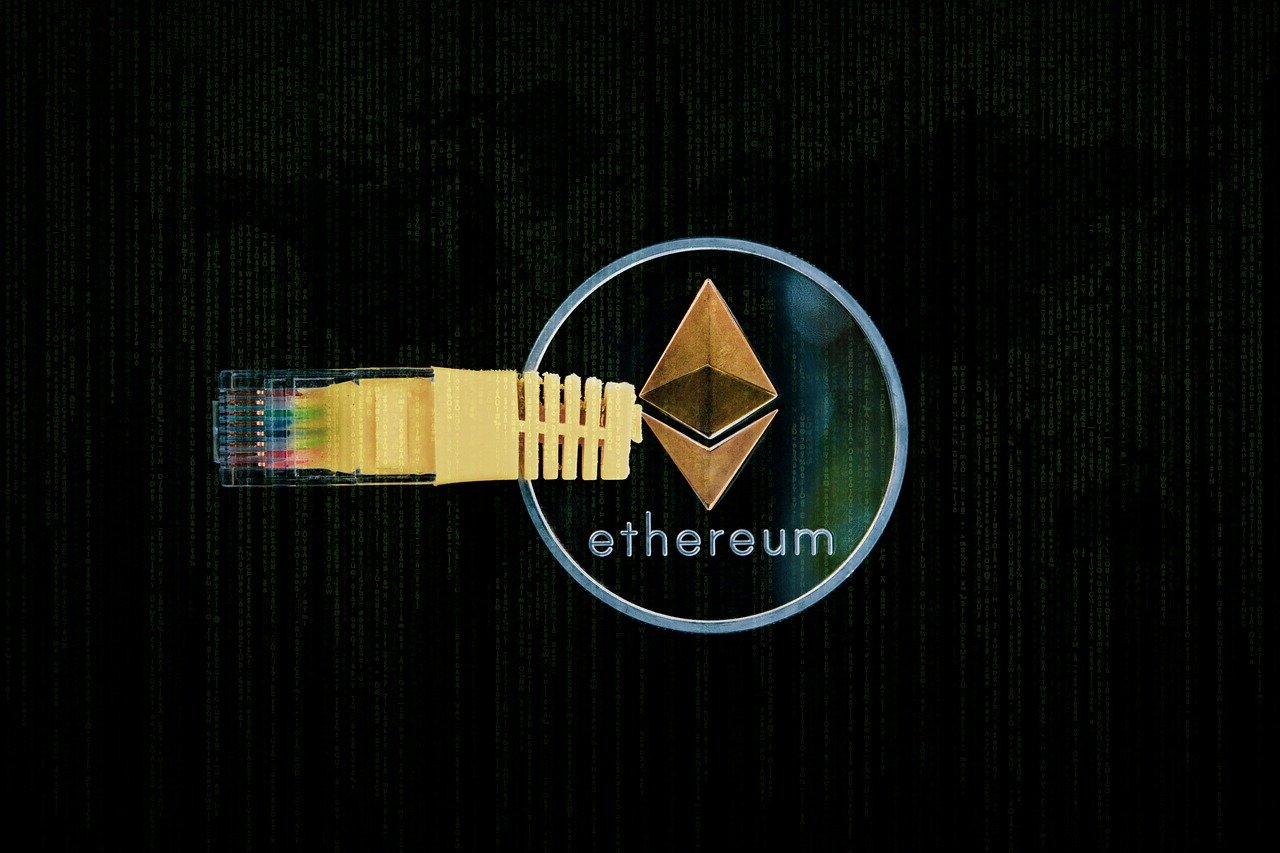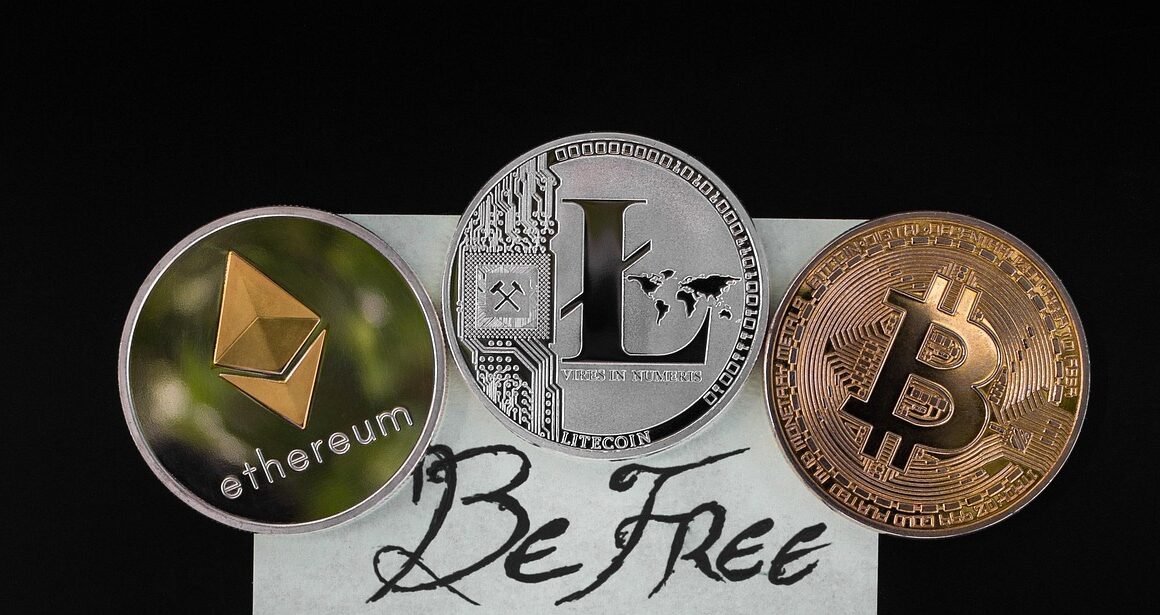Blockchain technology, while revolutionary, faces a significant hurdle: scalability. The need for faster transaction speeds and lower costs has fueled the development of innovative solutions that operate “off-chain,” collectively known as Layer 2 (L2) solutions. These technologies enhance the capabilities of existing blockchains without fundamentally altering their core architecture, paving the way for broader adoption and more efficient decentralized applications.
Understanding Layer 2 Solutions
What are Layer 2 Solutions?
Layer 2 solutions are protocols built on top of a base blockchain (Layer 1) to improve its throughput, transaction speed, and cost-effectiveness. Instead of processing all transactions directly on the main blockchain, L2s handle a portion of the transactional load, then settle the final result on the Layer 1. This approach alleviates congestion and enhances overall performance.
- Off-Chain Processing: L2s move transaction processing away from the main blockchain.
- Settlement on Layer 1: Completed transactions are ultimately recorded and secured on the Layer 1 blockchain.
- Scalability Enhancement: They significantly increase the number of transactions a blockchain can handle.
- Reduced Transaction Fees: L2 solutions often result in lower fees compared to direct Layer 1 transactions.
Why are Layer 2s Necessary?
Layer 1 blockchains like Bitcoin and Ethereum face limitations in handling a large volume of transactions efficiently. As the number of users and applications grows, these networks can become congested, leading to slower transaction times and higher gas fees. Layer 2 solutions address these challenges by:
- Improving Scalability: Enabling blockchains to handle more transactions per second (TPS).
- Lowering Transaction Costs: Reducing the fees users pay for each transaction.
- Enhancing User Experience: Providing faster and more seamless interactions with decentralized applications (dApps).
- Maintaining Security: Leveraging the security of the underlying Layer 1 blockchain.
Layer 2 vs. Layer 1 Scaling
While Layer 2 solutions focus on off-chain scaling, Layer 1 scaling involves making fundamental changes to the base blockchain itself. This can include increasing block size (controversial and potentially leading to centralization), implementing sharding (dividing the blockchain into smaller, manageable parts), or using a different consensus mechanism. Layer 2 solutions offer a complementary approach, often easier and faster to implement than Layer 1 changes.
Types of Layer 2 Solutions
State Channels
State channels allow participants to conduct multiple transactions off-chain while only recording the opening and closing states on the main blockchain. This reduces the load on the Layer 1 significantly.
- How they work: Participants lock funds into a multi-signature wallet on the Layer 1. They then interact off-chain, updating the state of the channel with each transaction. Once finished, the final state is settled on the main blockchain.
- Examples:
Lightning Network (Bitcoin): Designed for fast and low-cost Bitcoin payments.
Raiden Network (Ethereum): Similar to the Lightning Network, but for Ethereum.
- Benefits:
High transaction throughput.
Near-instantaneous transactions.
Low fees.
- Limitations:
Requires participants to be online and available to sign transactions.
May require a dedicated channel between participants.
Capital efficiency can be an issue, as funds are locked within the channel.
Rollups
Rollups execute transactions off-chain and then bundle or “roll up” the transaction data into a single transaction that’s posted to the Layer 1. This reduces the amount of data that needs to be processed directly on the main chain.
- Types of Rollups:
Optimistic Rollups: Assume transactions are valid unless challenged. Fraud proofs are used to challenge invalid transactions, leading to the reversal of incorrect states.
Examples: Arbitrum, Optimism
Benefits: High compatibility with existing Ethereum smart contracts.
Limitations: Longer withdrawal times (typically 7 days) due to the fraud-proof mechanism.
Zero-Knowledge Rollups (ZK-Rollups): Use cryptographic proofs (SNARKs or STARKs) to ensure the validity of transactions. These proofs are submitted to the Layer 1, verifying the correctness of the off-chain computations without revealing the transaction data.
Examples: zkSync, StarkWare
Benefits: Faster finality and withdrawals compared to Optimistic Rollups.
Limitations: More complex to implement, and may have limited compatibility with existing Ethereum smart contracts, although advancements are rapidly changing this.
Sidechains
Sidechains are independent blockchains that run parallel to the main blockchain and are connected to it via a two-way peg. This allows assets and data to be transferred between the main chain and the sidechain.
- How they work: Users can move assets from the main chain to the sidechain, conduct transactions on the sidechain, and then move the assets back to the main chain.
- Examples:
Polygon (MATIC): A popular Ethereum sidechain and aggregator of scaling solutions.
xDai Chain: A stablecoin-based sidechain.
- Benefits:
Increased transaction throughput.
Customizable consensus mechanisms on the sidechain.
- Limitations:
Security depends on the sidechain’s consensus mechanism, which might be less robust than the Layer 1.
Requires bridges for transferring assets, which can introduce security risks.
Validium
Validium is similar to ZK-Rollups, but the transaction data is not stored on the Layer 1. Instead, it is stored off-chain by a data availability committee.
- How they work: Like ZK-Rollups, Validium uses zero-knowledge proofs to validate transactions. However, the data is not published on chain.
- Examples: StarkEx.
- Benefits: Lower transaction cost as data is not stored on Layer 1.
- Limitations: Reliant on the integrity of the data availability committee.
Benefits and Challenges of Layer 2 Solutions
Key Benefits
- Improved Scalability: Handle more transactions, supporting wider adoption. A recent study showed that L2s can increase Ethereum’s throughput by over 100x.
- Reduced Transaction Fees: Lower costs make blockchain applications more accessible. Gas fees on L2s are often a fraction of those on Layer 1.
- Enhanced User Experience: Faster transaction speeds provide a smoother and more efficient experience.
- Preservation of Security: Leverage the security of the underlying Layer 1 blockchain.
- Increased Accessibility: Lowers the barrier to entry for developers and users by reducing transaction costs.
Potential Challenges
- Complexity: Implementing and using Layer 2 solutions can be complex for developers and users.
- Liquidity Fragmentation: Liquidity can be spread across different Layer 2 solutions, making it harder to trade assets.
- Security Risks: Bridges connecting Layer 2 solutions to Layer 1 can be vulnerable to exploits.
- Centralization Concerns: Some Layer 2 solutions might rely on centralized components, raising concerns about censorship and control.
- Withdrawal Times: Some Layer 2 solutions can have longer withdrawal times back to the Layer 1 blockchain.
The Future of Layer 2 Solutions
Layer 2 solutions are crucial for the future of blockchain technology. They are essential for scaling blockchains, making them more accessible and efficient for a wider range of applications. As the blockchain ecosystem matures, we can expect to see:
- Increased Adoption: More projects and users adopting Layer 2 solutions.
- Innovation: New and improved Layer 2 technologies emerging.
- Interoperability: Greater interoperability between different Layer 2 solutions.
- Integration: Seamless integration of Layer 2 solutions into existing dApps and wallets.
- Increased focus on user experience: Making Layer 2 solutions easier to use and understand.
Conclusion
Layer 2 solutions represent a vital step towards achieving the full potential of blockchain technology. By addressing the scalability challenges of Layer 1 blockchains, these innovative protocols are paving the way for a more efficient, accessible, and user-friendly decentralized future. While challenges remain, the continued development and adoption of Layer 2 solutions are critical for enabling mass adoption and realizing the transformative power of blockchain.



